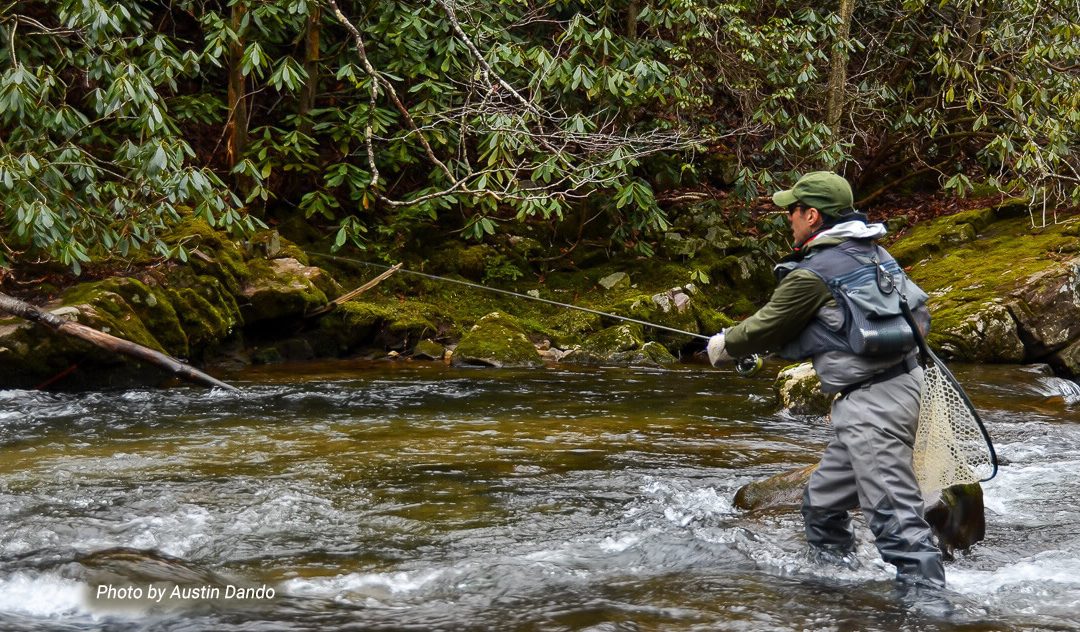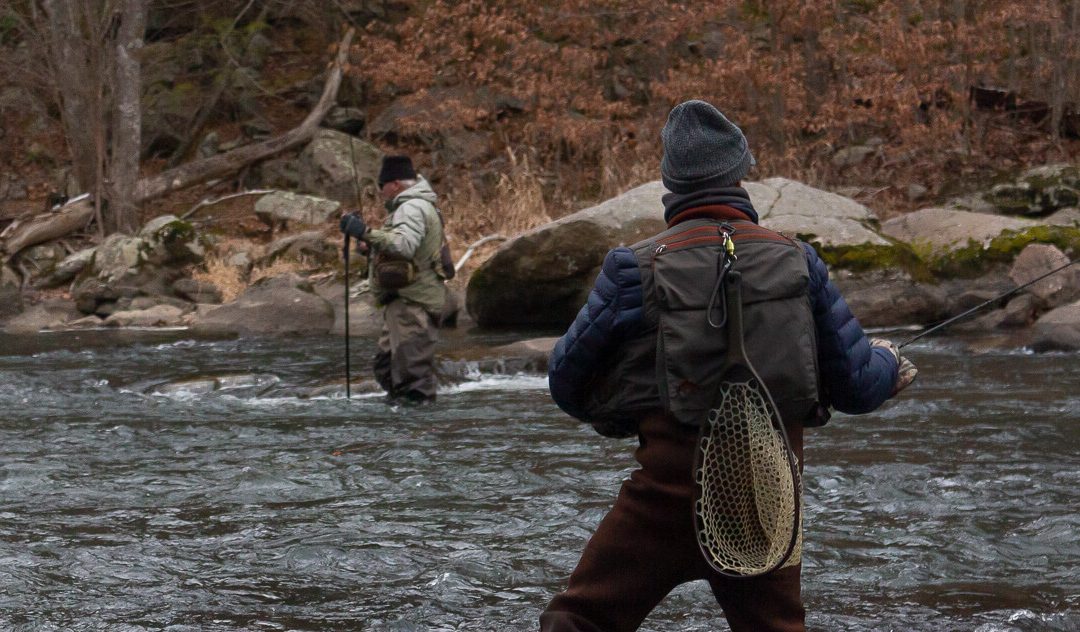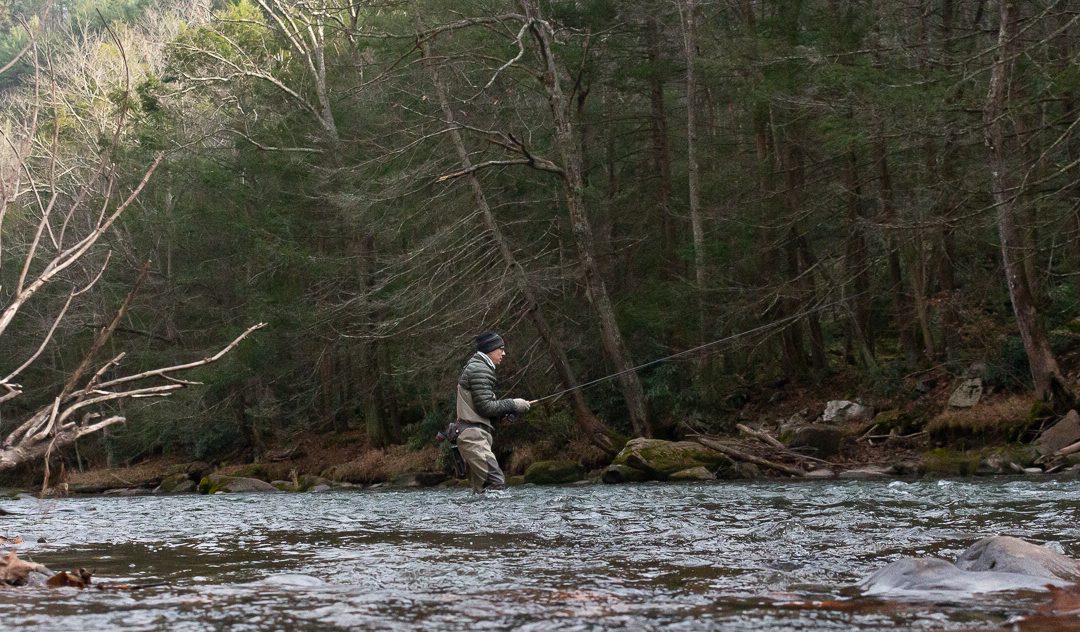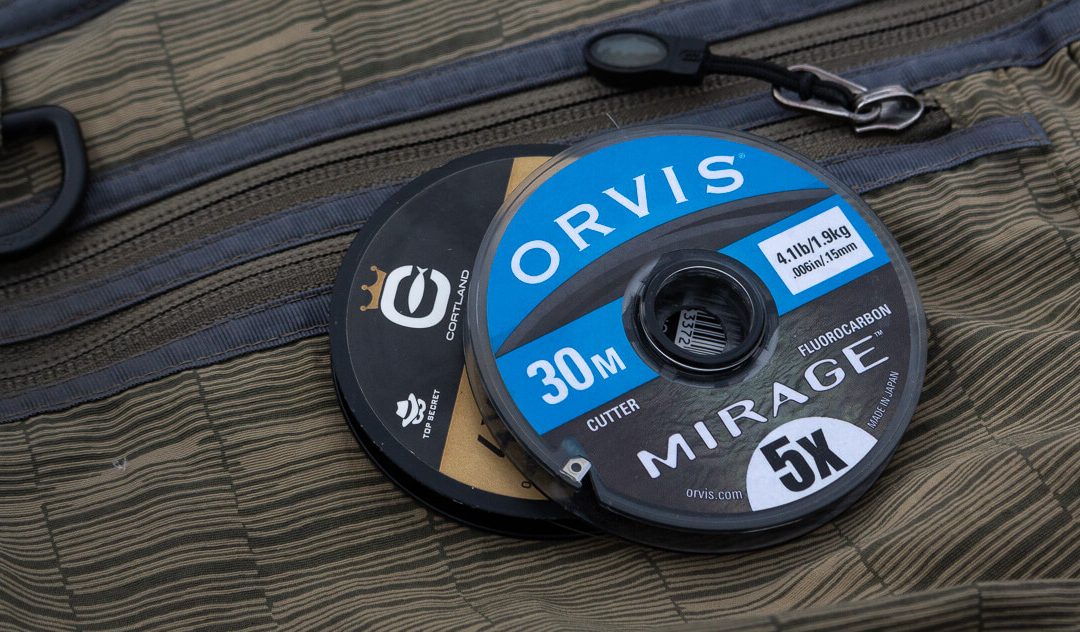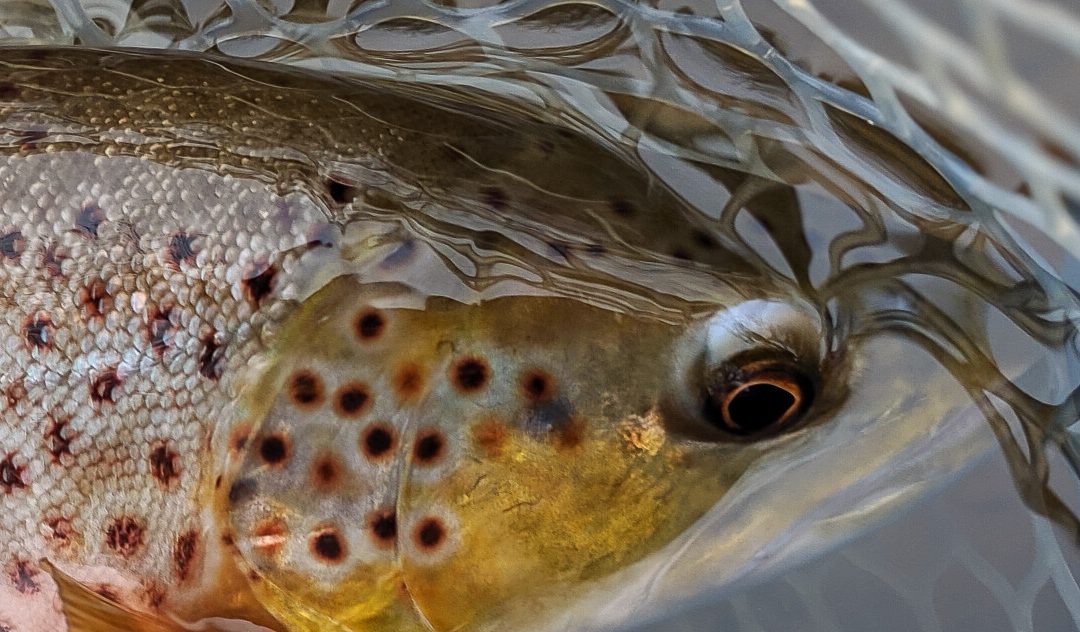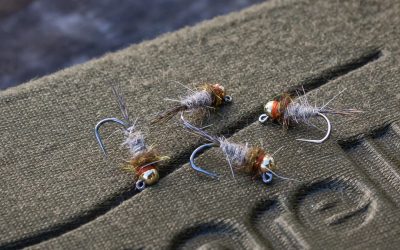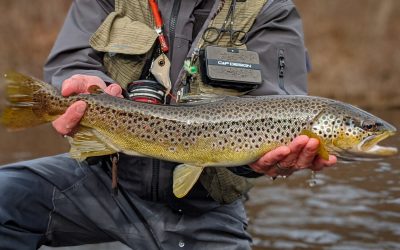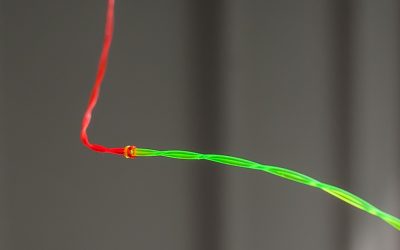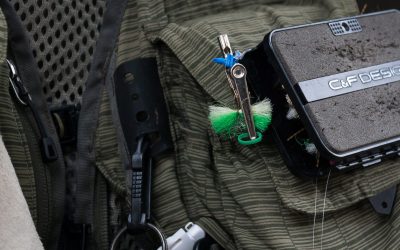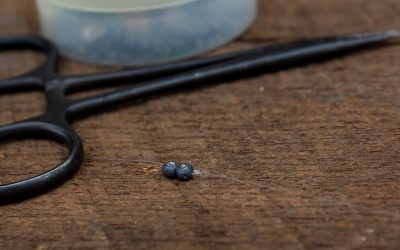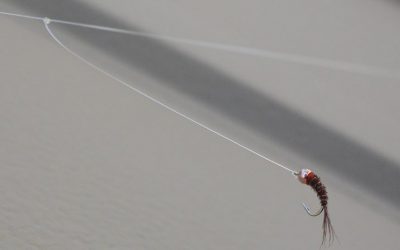Smith set up over my right shoulder and watched for a while, quietly examining my backhand drifts and spitting sunflower seed shells on the water. I landed two trout and missed another . . .
“Did you feel those strikes, or did you set the hook because the sighter twitched?” Smith asked . . .
“They rarely hit hard enough to feel it,” I told him. “And if you’re waiting for some some kind of tug or tap, you’re missing a lot of strikes.”


